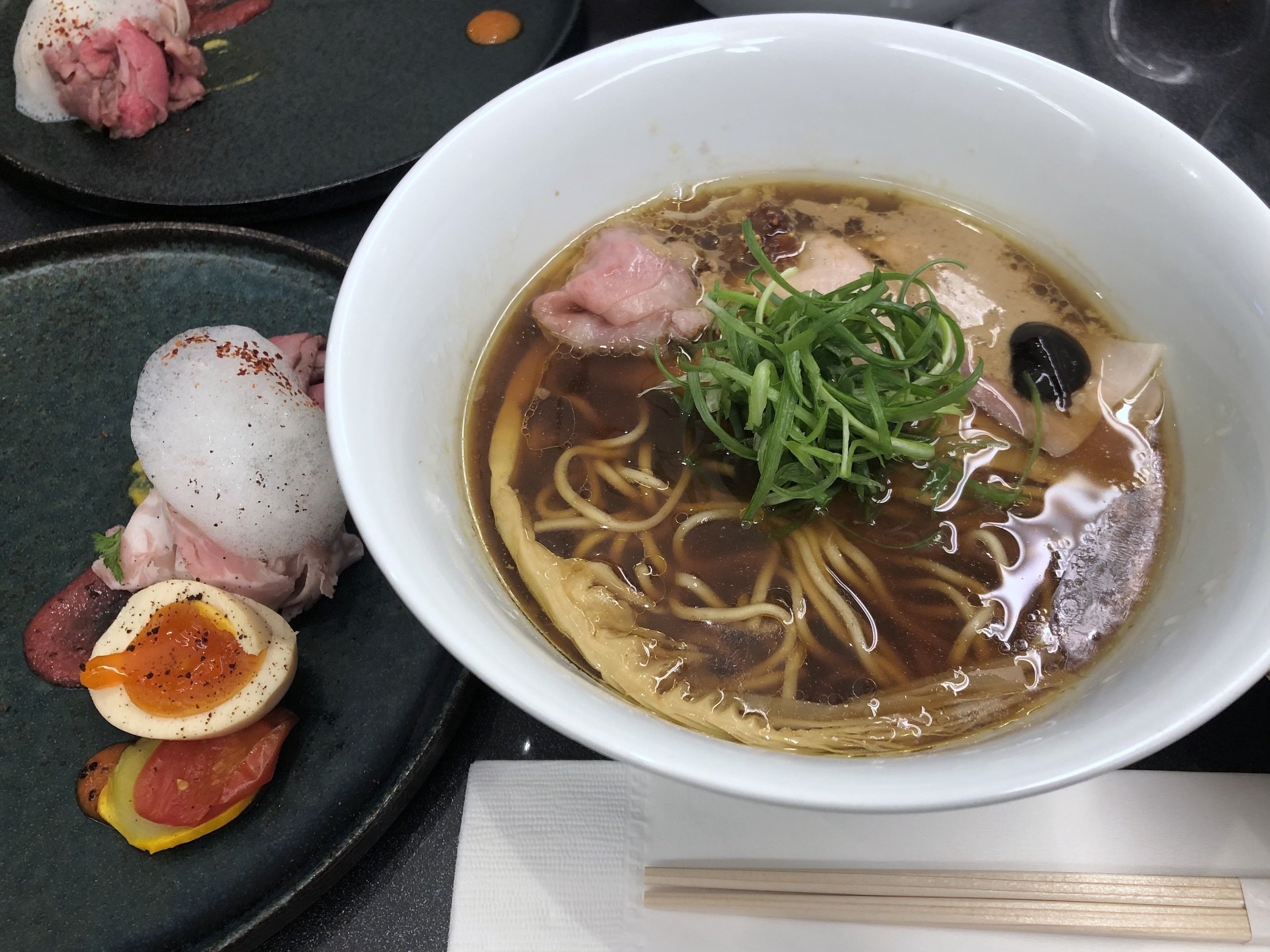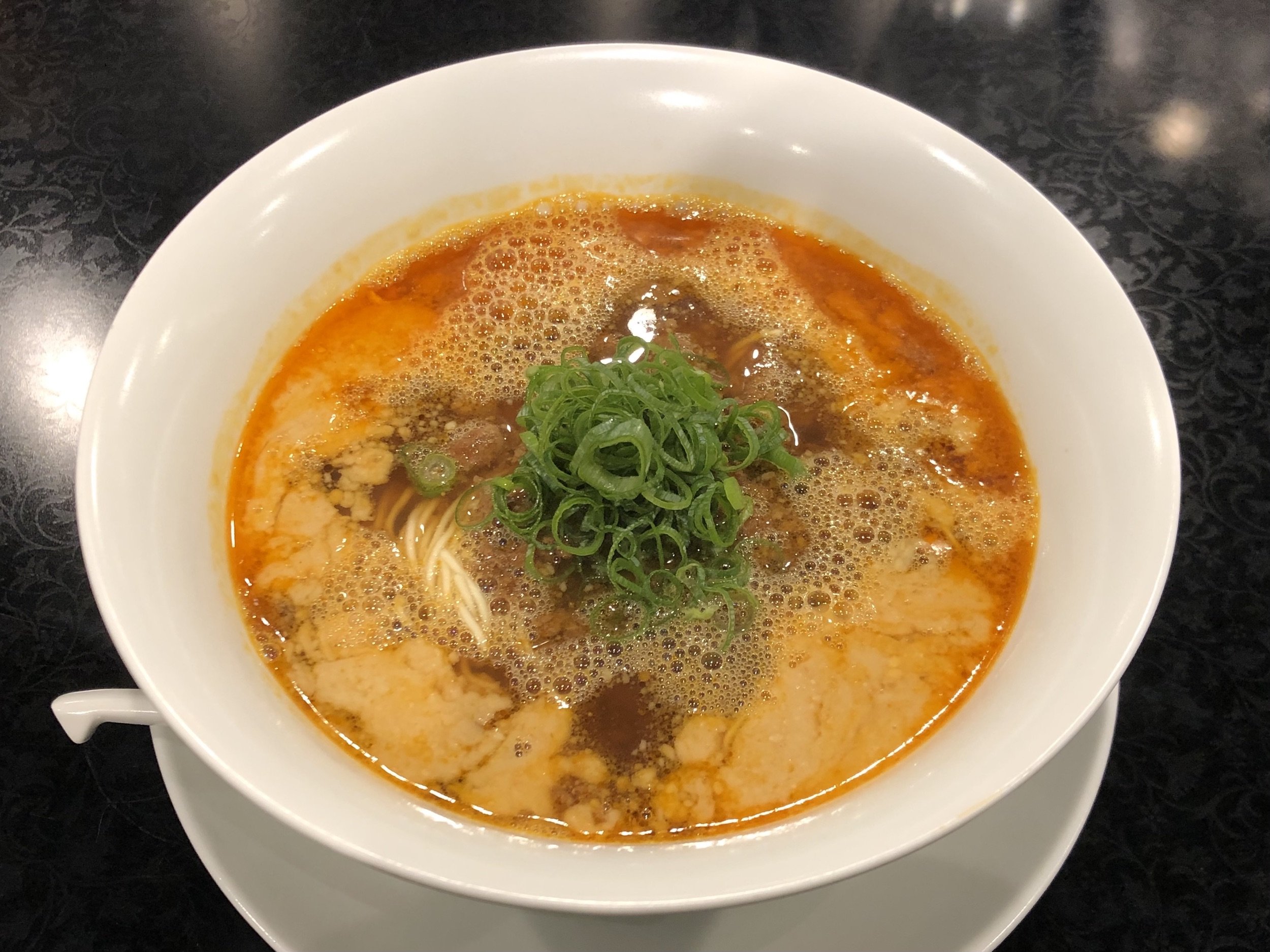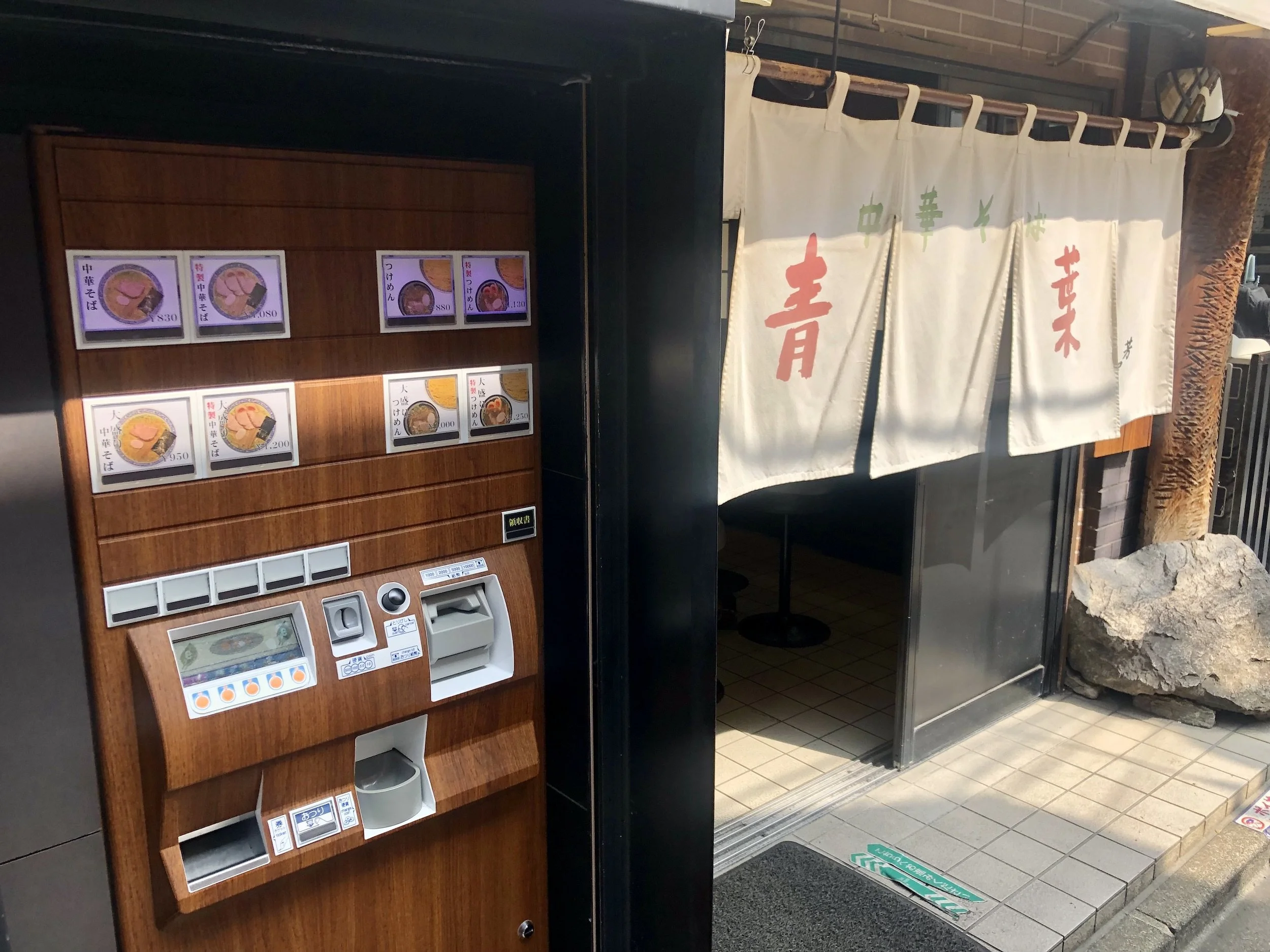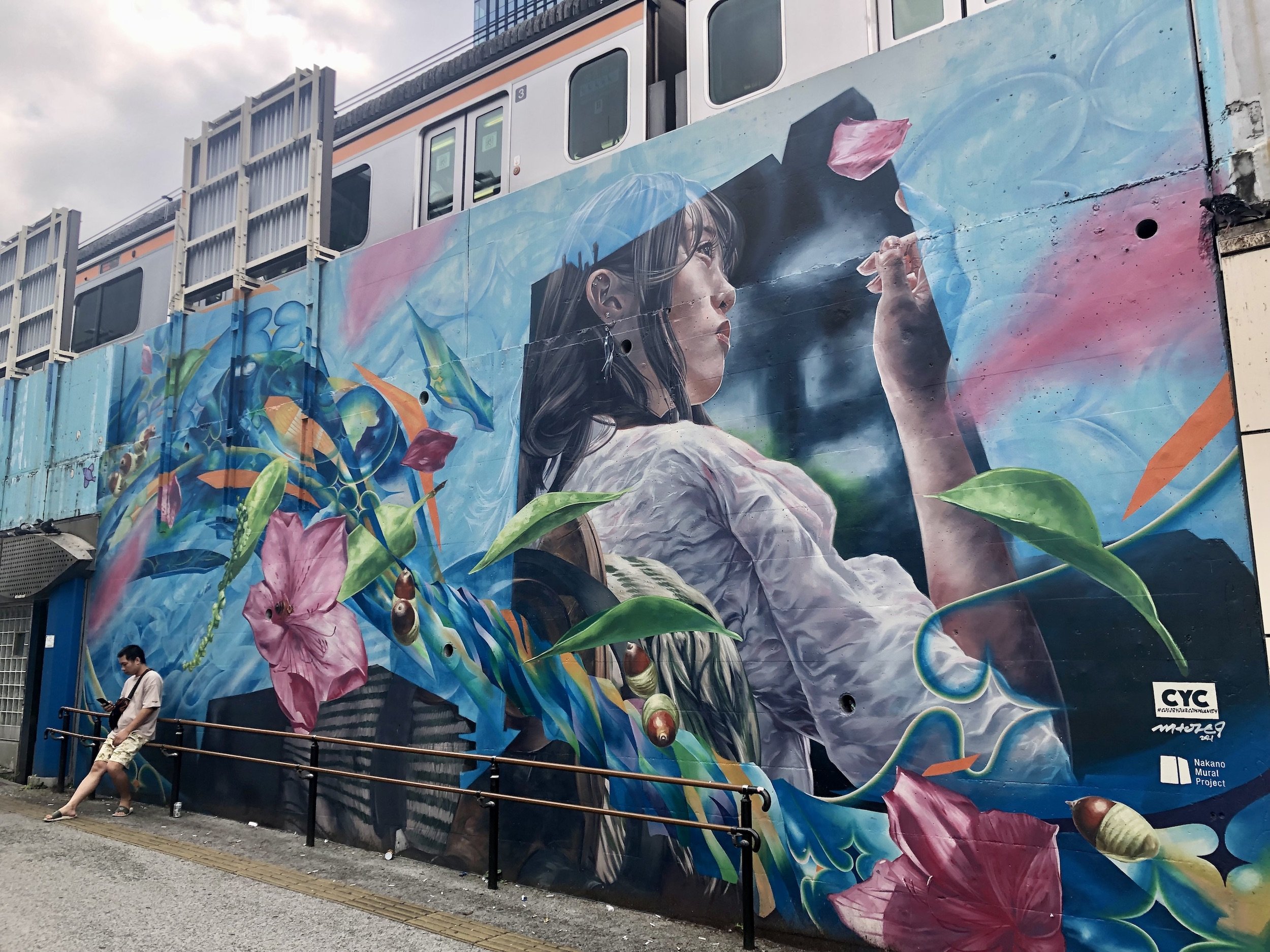Tokyo has more Michelin-starred restaurants than any other city in the world. The current count is 200, and when you factor in other Bib Gourmand, or value-type, restaurants, that brings the total number with Michelin recognition up to 422. No wonder Anthony Bourdain once said, “If I had to eat only in one city for the rest of my life, Tokyo would be it.”
As its name implies, “The Michelin Files” is a series where I’m documenting my experiences with some of those Tokyo restaurants that have been featured in the Michelin Guide. I can’t claim to have my finger on the pulse of the city’s culinary scene, but I’ve dined at a growing list of featured restaurants, and I’m always looking to broaden my horizons more.
In the last edition, Tokyo’s only three-star Michelin sushi restaurant was up for discussion. This time, we’re going to the opposite end of the price spectrum to look at a mix of five ramen and gyoza shops, which will get you fed without breaking the bank. Three are from the 2023 guide, but two are also from the 2016 guide, when a ramen shop received a Michelin star for the first time anywhere.
Ramen at Tsuta in Yoyogi-Uehara
It’s Tsuta that was the world’s first Michelin-starred ramen shop. When it landed in the 2016 guide for Tokyo, its single star was still one more than any other global ramen restaurant had at that point. Four years later, Tsuta lost that precious star as it busied itself with expanding into a full-on international chain (albeit a small one), not to mention creating in-flight meals for Japan Airlines and becoming an instant noodle brand at 7-Eleven.
In 2020, the original Tsuta restaurant relocated from Sugamo to the Yoyogi-Uehera station area. Then, in September 2022, the restaurant’s founder, Chef Yuki Onishi, sadly died at the age of 43. This led Tsuta to close down for several months, with Onishi’s brother saying, “To those who want to pay their respects, please eat Yuki’s ramen when Tsuta reopens” (via The Independent).
The reopening happened in February of this year. On the last Sunday of August, when we lunched at Tsuta, I ordered the “Special Osusume - A” set. (Osusume means “recommended.”) It came with Tsuta’s signature soy sauce ramen, a side plate of fancy, foamy toppings, and raw egg rice with truffle flavor.
A meal at Tsuta is like an omakase tasting course, but in a bowl. As the restaurant sign says, these are “Japanese soba noodles.” Azusa described the soup’s taste as chameleonic, as it gave up little explosions of other flavors like fig and balsamic vinegar.
Dumplings at Andagyoza in Yoyogi-Uehara
Right around the corner from Tsuta is Andagyoza, one of four dumpling restaurants in Tokyo to receive Michelin’s Bib Gourmand award. (There are currently none in Japan with stars.) The dumplings here are boiled and brown (from the oats in the dough) and they’re served steaming hot. Time Out likens them to both ravioli and tortellini. There are four different flavors, two chicken-based and two pork-based. I went the traditional pork route, and I found the spicy curry and carrot flavor much tastier than the shiitake mushroom variety.
If you don’t want to choose between flavors, you can order a teishoku set with eight dumplings, two of each kind, plus rice and soup. Andagyoza does have other things on the menu, too, but coming from Tsuta, you could already be carrying a ramen baby—that is, a belly full of noodles. In that case, a small plate of five curry-flavored dumplings from Andagyoza might be enough. At a mere ¥528, it’s probably one of the cheapest Michelin options out there.
One-Star Ramen at Nakiryu in Otsuka
Nakiryu was the second ramen restaurant to receive a Michelin star after Tsuta. It debuted in the guide as a Bib Gourmand selection in 2016. The following year, Michelin bumped it up to one-star status, and it’s held onto that rating ever since.
I was interested to eat here because the shop is known for its dandan noodles, a spicy ramen type of Sichuan origin. It was an early favorite of mine when I first came to Japan, where it’s called tantanmen.
Unlike Tsuta, Nakiryu doesn’t take reservations. People just line up along the guard rail across the street from the shop, which is a short walk from Otsuka Station. It’s a small place with just six counter seats and two tables, one a two-top, the other a four-top. However, they only had two or three people sitting at the four-top at any given time.
The shop is closed on Tuesdays and open from 11 a.m. to 3 p.m. the other six days. I got there around 10:10 a.m. and there was already a line, so I missed the first round of seating and only got ushered in after about an hour and 45 minutes. Then, it was another 15 minutes before the noodles were served.
I don’t know if the two-hour wait just raised my expectations too much, but this was the first slight disappointment for me, as far as Michelin recommendations go. Blame it on the sesame paste, maybe, but the soup had an almost curdled texture and taste. It reminded me of another bowl of tantanmen that I ate once, though I can’t recall exactly where (maybe on Tokyo Station’s underground ramen street?)
Just the fact that the flavor was so familiar, not a surprise, left me feeling like, “Ah, this is that gourmet tantanmen. Not bad, but I’ve had better.” Granted, I’m no food critic, and it might be nostalgia driving my thoughts, but I think the first tantanmen I ever had — at a mom-and-pop shop in my old neighborhood in Seiseki-Sakuragaoka — is still my favorite. What did surprise me in Otsuka, though, was seeing that they have a streetcar, the Tokyo Sakura Tram, running through the area. Apparently, it’s the city’s last surviving streetcar.
Dumplings at Gyozanomise Okei in Iidabashi
Of all the shops on this list, Gyozanomise Okei is the first that I would want to revisit, if only to take Azusa there. These were seriously the best fried dumplings of my life. The skin was crispy on top but soft and chewy on bottom, and when I took my first bite, it was almost deceptive because it didn’t taste that different than any other gyoza at first. Then, I got more of the filling (ground pork ribs, Chinese cabbage, and garlic chives) and its savory juices in the mouth, and it hit me with that jolt of flavor, the kind that makes TV talent on Japanese variety shows blurt out, “Oishi!”
That is some damn good gyoza, I thought. Don’t be fooled by the soundalike name; the dumplings at Okei are better than just “okay.” The shop has been in business since 1954, almost 70 years now. Current owner and chef Hitoshi Umamichi started out as a customer before he took over the business in 2005. He now rolls 1,320 of these handmade dumplings a day, enough to feed 220 people six each.
Under Umamichi’s stewardship, Gyozanomise Okei has made the Michelin Guide as a Bib Gourmand selection for the last six years straight. I was seated at the long green counter inside with a row of potted plants between me and the kitchen, but I caught glimpses of him at work in there. You can see his process, how he kneads the dough to give it “the tenderness of an earlobe,” in the video above from Eater.
Gyozanomise Okei has a lively “locals” atmosphere at lunchtime, but they were very welcoming. The head hostess even offered me a free beer, whispering in English that it would be a “service,” meaning on the house. The shop is not that far from Nakiryu, train-wise, either. I hit them up, one right after another, on the same weekday, and I didn’t have to wait in line nearly as long for this one. If you hop back on the JR Yamanote Line, Ikebukuro is only one stop away from Otsuka, and then you can take the Yurakucho Line to Iidabashi.
Tsukemen at Aoba in Nakano
My very first exposure to Michelin noodles came at Aoba back in 2016. Tsuta had made the news when it gained its star, and I think I must have been talking to Azusa about it. She took me to this shop in Hachioji, right around the corner from where she lived at the time. They had their Michelin distinctions framed on the wall, though it’s the main branch in Nakano that was featured as a Bib Gourmand selection in the 2016 guide.
Until last month, I had never been to Nakano, but right out the same exit as Aoba is a shopping arcade called the Sun Mall, which leads down to Nakano Broadway, known for its many manga and anime specialty shops. At Aoba, they do serve ramen, but Azusa introduced the place to me as a tsukemen shop, so for me, it holds that association more. Tsukemen just means “dipping noodles;” it’s a ramen style where the soup comes in a separate bowl, and it’s thicker so that it clings to the noodles better when you dip them.
They serve tsukemen at chains like Tetsu, too. Both times at Aoba, in Hachioji and Nakano, I ordered the tokusei (special) tsukemen, topped with extra roasted pork and a soft-boiled egg. The soup here is accented with shichimi (seven-flavor chili pepper), with the overriding taste for me being that of yuzu. As yours gets low, you can tell the staff, “Soup wari,” and they’ll add more broth to dilute the concentrated soup. (Maybe throw in a kudasai, or “please.”)
Aoba has fallen out of the Michelin Guide since 2016, and I’m not sure why, but to my admittedly unrefined palate, it tasted the same this year. It was a weekday when I was there, but within minutes of opening, the Nakano shop’s counter had already filled up with customers, all guys.



















